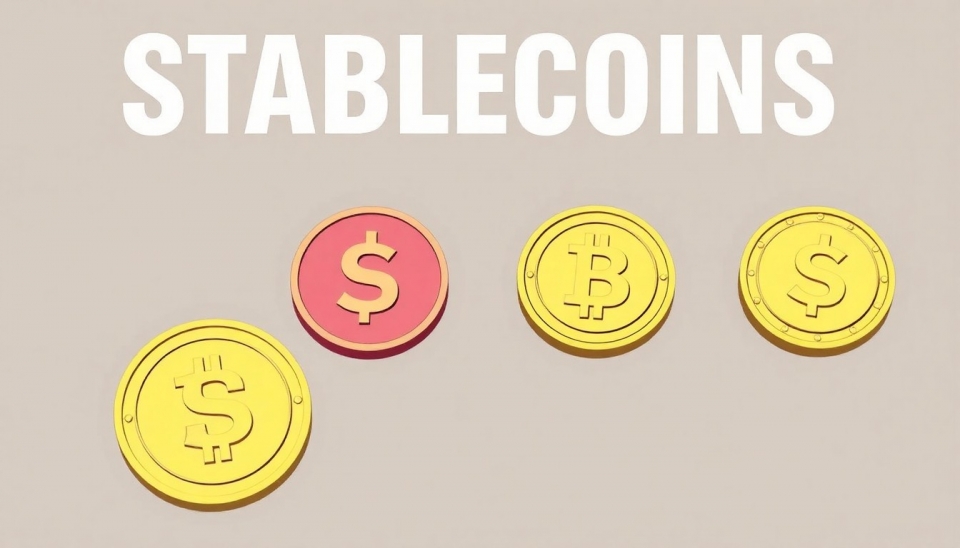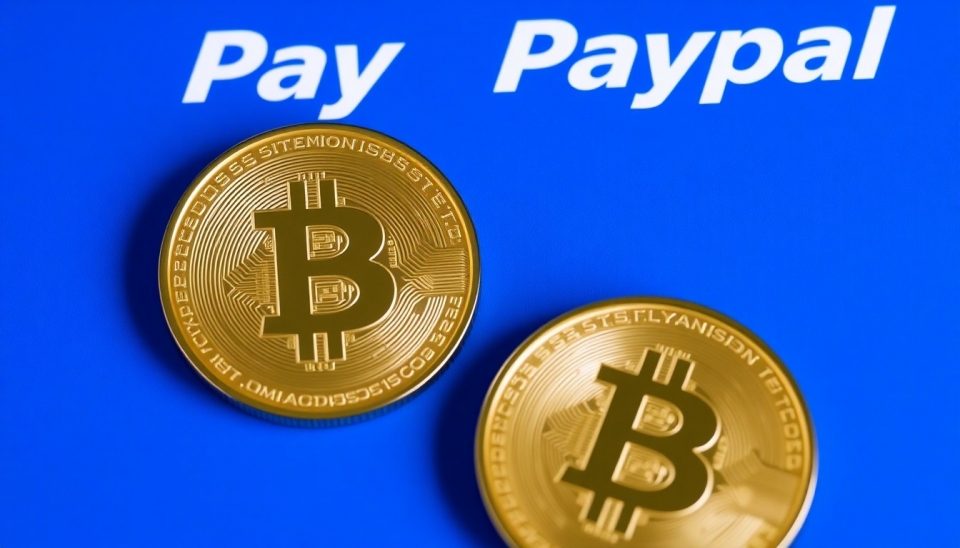
In recent years, stablecoins have gained significant traction within the cryptocurrency landscape, becoming a vital element of the digital finance ecosystem. These digital currencies, pegged to traditional fiat currencies or commodities, are designed to impart price stability and facilitate transactions within decentralized finance (DeFi) and cryptocurrency markets. However, just as their popularity surges, so too do regulatory concerns regarding this innovative financial instrument.
So, what exactly are stablecoins, how do they function, and why are regulators raising red flags? Let's delve deeper into these questions.
Stablecoins are digital assets that aim to maintain a stable value relative to a specific asset, usually a fiat currency like the US dollar. Unlike traditional cryptocurrencies such as Bitcoin or Ethereum, which are known for their price volatility, stablecoins provide a reliable and predictable means of transaction. This stability is achieved by pegging the stablecoin's value to that of the fiat currency, often backed by a reserve of assets, providing the necessary liquidity and security.
There are primarily three types of stablecoins: fiat-collateralized, crypto-collateralized, and algorithmic. Fiat-collateralized stablecoins are backed 1:1 by a reserve of traditional currency, ensuring that each stablecoin can be redeemed for a specific amount of the corresponding fiat currency. A prime example of this is Tether (USDT), the most widely used stablecoin, which is meant to be exchangeable for US dollars.
On the other hand, crypto-collateralized stablecoins are backed by other cryptocurrencies. These coins allow users to deposit cryptocurrency assets into a smart contract, which then issues stablecoins equivalent to the value of the deposited crypto. However, because of the volatility of cryptocurrencies, these stablecoins typically require over-collateralization to ensure stability, as seen in MakerDAO's DAI.
Algorithmic stablecoins rely on algorithms and market incentives rather than traditional collateral. When the price of the stablecoin deviates from its peg, the algorithm automatically adjusts the supply to help stabilize its value. Although still experimental, examples of algorithmic stablecoins include Ampleforth (AMPL) and Terra (LUNA).
As the use of stablecoins expands, so too do the concerns from regulators around the globe. One of the foremost issues is the potential for financial instability. Given their integral role in the cryptocurrency ecosystem, a significant failure in a major stablecoin could have ripple effects throughout the financial system. Authorities worry about liquidity risks—if a large number of users attempt to redeem their stablecoins simultaneously, it could lead to a crisis similar to a bank run.
Additionally, regulators are worried about consumer protection. Because stablecoins are not universally regulated like traditional banks, users might be exposed to risks if the issuing organization does not maintain adequate reserves or practices in transparency. Furthermore, the potential for fraudulent issues raises alarms amongst policymakers, as weak oversight can lead to scams and loss of user funds.
Governments also recognize that stablecoins could disrupt monetary policy execution. By providing a decentralized framework for transactions, stablecoins sometimes operate outside traditional banking systems, which can affect how central banks implement policies and manage economic stability.
Countries and financial authorities are beginning to take action. For instance, in the United States, regulatory bodies have had ongoing discussions regarding appropriate frameworks to govern stablecoin usage. Meanwhile, European regulators are also advancing efforts to establish a comprehensive regulatory framework for digital assets, with an emphasis on ensuring consumer safety and financial stability.
The questions surrounding stablecoins continue to mount as they evolve and gain more mainstream acceptance. As the regulatory dialogue progresses, finding a balance between fostering innovation and ensuring adequate consumer protection will be key to the future of stablecoins in the financial ecosystem.
As we move forward, the impact of stablecoins on the global economy remains uncertain, yet they are undoubtedly transforming the landscape of modern finance. Understanding their mechanisms, benefits, and risks is crucial as we navigate this new financial frontier.
#Stablecoin #Cryptocurrency #Finance #Regulation #DigitalCurrency #DeFi #ConsumerProtection #MonetaryPolicy
Author: Michael Turner




